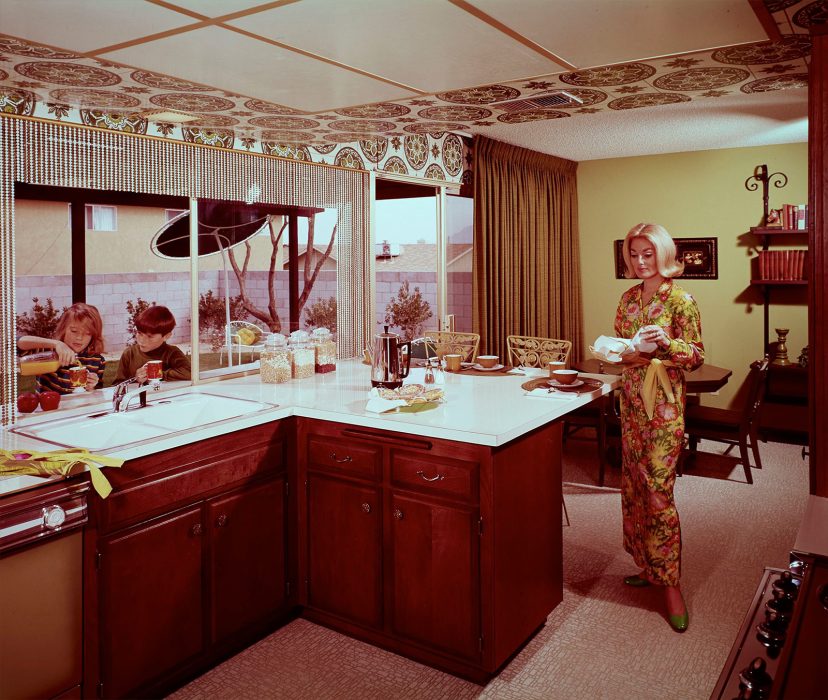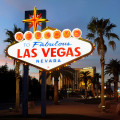
The Casino Boom and Iconic Resorts
In 1969, Las Vegas was on the cusp of becoming a global entertainment hub. The city’s gaming industry was already thriving, with several iconic casinos and hotels shaping its skyline. This year marked a period of remarkable growth, and some of the most famous casinos on the Strip were either newly opened or expanding.
The city was home to classic resorts like the Flamingo, Sahara, and Stardust, while newer ones, such as the International Hotel, changed the game. Opening in July 1969, the International was the largest hotel in the world at that time, with 1,512 rooms. The hotel’s main attraction was none other than Elvis Presley, who began his residency in 1969, performing his electrifying shows at the International’s showroom and setting a trend that would lead other top entertainers to the Strip.
Entertainment Explosion and the Rat Pack Era
The late 1960s was a golden era for Las Vegas entertainment. In 1969, the Rat Pack—Frank Sinatra, Dean Martin, Sammy Davis Jr., and other big names—were regular fixtures in the city’s nightlife. Their performances, primarily at the Sands Hotel and Casino, captivated audiences and added to the city’s glamorous reputation. Showgirls, elaborate stage designs, and high-energy performances filled the theaters and lounges of Las Vegas, establishing the city as a premier entertainment capital.
During this time, Las Vegas offered not only mainstream acts but also countercultural ones. Psychedelic music and the influence of the “flower power” movement were beginning to find their way into Vegas lounges and smaller venues, catering to the younger, adventurous visitors who sought more than just casino gaming.
The Influence of Organized Crime
Though Las Vegas was booming, it was also heavily influenced by organized crime. Mafia families from New York, Chicago, and other major cities were deeply involved in the casino business, financing major resorts and skimming profits. Figures like Frank “Lefty” Rosenthal and Anthony “Tony the Ant” Spilotro were active in Vegas, and mob-run casinos saw major profits flow under their control. The influence of organized crime was an open secret, and while it attracted tourists and high rollers, it also led to increased scrutiny from law enforcement and the Nevada Gaming Control Board.
The FBI began cracking down on illegal activities in the 1960s, making organized crime a topic of concern among locals and authorities. This backdrop of glamour and grit created a sense of mystique around Las Vegas, drawing people curious about its underworld connections.
Vegas’s Role in American Counterculture
In 1969, the countercultural movement was at its peak, and Las Vegas, despite its mainstream allure, felt some of its impacts. As young people across the United States embraced the “peace and love” ethos, Vegas attempted to appeal to this new audience. The Strip introduced more live rock music, psychedelic shows, and themed lounge acts to attract the younger generation. Vegas lounges and venues began incorporating psychedelic lighting, art, and rock sounds, catering to the changing tastes of the era.
This influx of countercultural energy meant that Vegas was increasingly becoming a city for everyone, not just gamblers or the elite. Hippies and rock enthusiasts blended into the diverse crowd, adding a new layer of eclecticism to the city.
Economic Growth and Development
Las Vegas’s economy in 1969 was on an upward trajectory, thanks to both tourism and construction. The city experienced a building boom, with new hotels, shopping centers, and entertainment venues being developed rapidly. Increased airline routes made Vegas more accessible to tourists from around the country, boosting tourism. As more visitors arrived, the local economy thrived, with casinos, restaurants, and entertainment venues benefiting greatly from this influx.
In 1969, downtown Las Vegas remained vibrant, though the Strip was beginning to overshadow it as the main attraction. Despite this shift, Fremont Street was still bustling with casinos, neon lights, and vintage Vegas charm, serving as a lively alternative to the larger resorts on the Strip.
Civil Rights and Changing Social Dynamics
In the 1960s, Las Vegas saw major changes in civil rights and social dynamics. By 1969, efforts to desegregate casinos, hotels, and other businesses were well underway. Prominent Black entertainers, such as Sammy Davis Jr., had played an essential role in breaking down racial barriers in Vegas, helping pave the way for a more inclusive social scene. Though challenges remained, progress was visible, and Las Vegas was slowly becoming a more integrated city.
Conclusion: A City on the Edge of Transformation
The year 1969 marked a fascinating period in Las Vegas history—a mix of glamour, grit, and change. With the Rat Pack drawing audiences, Elvis taking the stage at the International, and organized crime still casting a shadow, Las Vegas had a unique blend of allure and intrigue. Meanwhile, the city’s embrace of countercultural elements, combined with economic growth and social change, hinted at the transformation that would make Vegas the entertainment capital it is today.
Disclaimer: The information presented in this article is based on the available data and current events around the time of publication, to the best of our staff research and knowledge. It is intended for educational and informational purposes only, and should not be construed as professional advice, financial advice, sports betting advice, or life advice. It is simply our best guess, something to add to your research. We at Las Vegas Top Picks do our best to get stories accurate, but sometimes mistakes and biases happen, and it is always good to double-check other sources and media outlets to confirm stories and the factual details. The opinions expressed in this article do not necessarily reflect the overall opinion of Las Vegas Top Picks.








